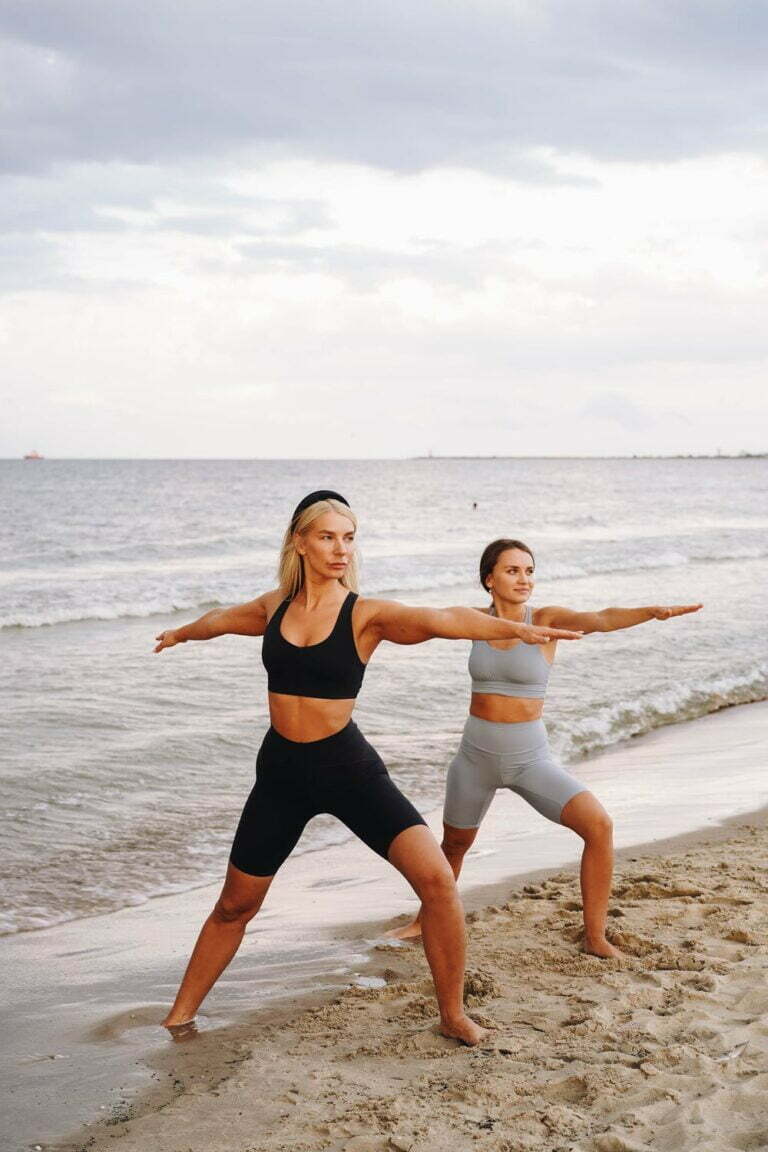As a new mom, it makes sense if you’re concerned about your baby’s safety in the sun and pool. However, with a bit of prep, some patience, and optimism, you and your baby can have a fun and relaxed day by the pool. If it’ll just be the two of you by the water, here are some quick tips you can use to prep for your day by the water.
Carry a shade with you.

Sun Defender‘s floating umbrella is a great option if you’re looking for an easy-to-use sun-resistant pool or beach umbrella. Besides offering excellent protection from the sun’s rays, The Sun Defender collection also offers great protection from harmful UV rays. With an Ultraviolet Protection Factor, UPF, of 50+, their umbrellas are made from quick-drying material and sun-protective fabric that guarantees your family’s protection from harmful sun rays and strong winds.
Find the perfect nursing swimsuit or bra.
If you just had your baby, chances are you’re still early in your breastfeeding journey. What’s more, your fluctuating chest size can also make it difficult to buy flattering maternity swimsuits and bras in the months during and after your pregnancy. Luckily, several brands are working to create more flattering nursing bralette or bra and swimwear options for breastfeeding moms.
These days, nursing bralettes and swimsuits are growing in popularity due to the support that they offer. The best nursing swimsuits offer light support and seamless stretch, especially around the belly and boob area. This can come in handy if you’re looking for a little bit of extra support post-baby. These nursing bras also have easy-to-slip or untie straps that can allow you to nurse discreetly while also offering ample access.
Don’t forget to load up on UV-protective clothing.

Dressing your baby in UV-protective clothing is another great way to protect their sensitive skin from sunburns. A sun defender cooling hat, sunglasses, and light-colored long-sleeved soft cotton shirts are some nifty ways to keep your newborn protected from the sun’s rays.
Once your baby is older than six months, you can use a broad-spectrum sunscreen with an SPF of more than 30 for further protection from mid-day sun exposure. If they’ll be spending a lot of time in the water, make sure that the sunscreen is water-resistant. Also, ensure that you reapply the sunscreen on their hands, neck, face, and feet every two hours. To avoid irritating your baby’s eyes and skin, opt for a sunscreen that’s fragrance-free and packed with mineral-based ingredients like zinc oxide and titanium dioxide.
Remember to carry their swimming diapers.

The main difference between swimming diapers and regular diapers is the fact that swimming diapers are designed to, “withstand water while containing solids.” According to the CDC, one of the most common causes of recreational water illness is drinking water that has been polluted with poo.
Understanding that swim diapers aren’t designed to hold liquidy newborn poop, only let your baby into a public pool once they hit the six-month milestone. At this age, they’re less likely to have a watery poo. A great way to introduce your baby to water is through a kiddie pool or bathtub. In this way, they’ll still have fun without potentially putting other swimmers at risk of contracting a recreational water illness.
Before you take your baby into the water, always seek the guidance of your pediatrician. Also, ensure that your body is completely healed. If you had a vaginal birth, for instance, ensure that you have no signs of vaginal bleeding, just to make sure that you don’t develop any post-birth infections. Besides having sunscreen, a pool umbrella, a comfortable swimsuit, and swim diapers, also make sure you have enough water with you, to keep you and your baby hydrated.
















